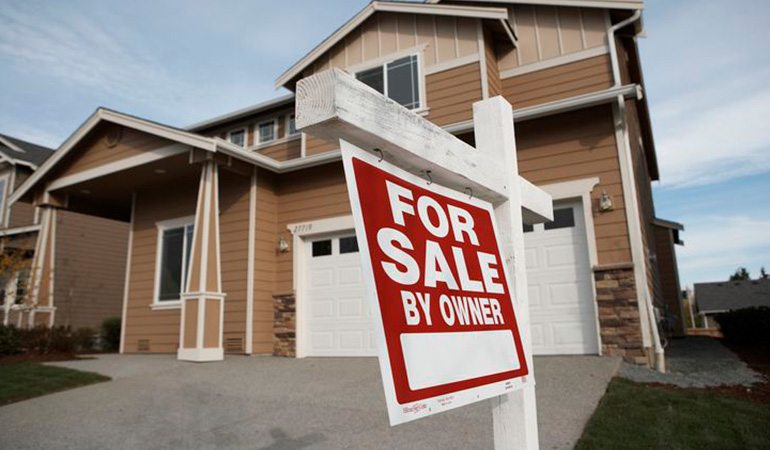
The proportion of first-time homebuyers hit an all-time low in mid-2022, according to a report released yesterday by the National Association of Realtors (NAR).
Older and lower share of first-time buyers
In July 2022, NAR surveyed more than 150,000 recent homebuyers who purchased a primary residence between July 2021 and June 2022. Of the 4,854 responses received, NAR found that only 26% of this representative sample were first-time homebuyers turn, a record low and a 34% drop in 2021.
In contrast, the median age of first-time homebuyers hit an all-time high of 36, up from 33 in the previous 12-month period. The typical repeat buyer age has risen to 59 years old, also three years older than last year, and both age groups are the highest in the survey’s history.
According to Jessica Lautz, vice president of demography and behavioral analysis at NAR, the main factors contributing to the decline in first-time homebuyers are a combination of factors such as low inventories and persistently high prices. Rising mortgage rates haven’t helped either, especially given the importance of finding a good mortgage lender.
Additionally, buyers typically buy homes for 100% of the asking price, with 28% buying for more than the asking price. As a result, first-time buyers are forced to save for down payments or wait for an intergenerational wealth transfer for longer periods of time before they can enter the market, hence the rising age.
Also because of this lack of affordability, last year homebuyers were less likely to buy a home close to where they lived at the time. The average distance between a new home purchased by recent buyers and the one they moved out of was 50 miles, a record and more than tripling the 15-mile average from 2018 to 2021.
Widening racial gap in home ownership
The NAR report also found that white Americans made up the majority of all shoppers at 88%, rising from 82% in 2021 to 7% – 8%. Lautz posited that population growth among Hispanic Americans is responsible for their increase, while white Americans are more likely to be repeat buyers who can leverage their existing real estate capital.
Black Americans and Asians made up just 3% and 2% of shoppers, respectively, a decrease of 6 percentage points for both groups from the previous 12-month period.
In a report released earlier this year, the NAR reported that the gap in the property rate between white and black households widened in 2020 and they have less access to family support than their white counterparts. Outside of the homebuyer market, black renters are also under more pressure than any other group, with one in two black renter families spending more than 30% of their income on rent.
